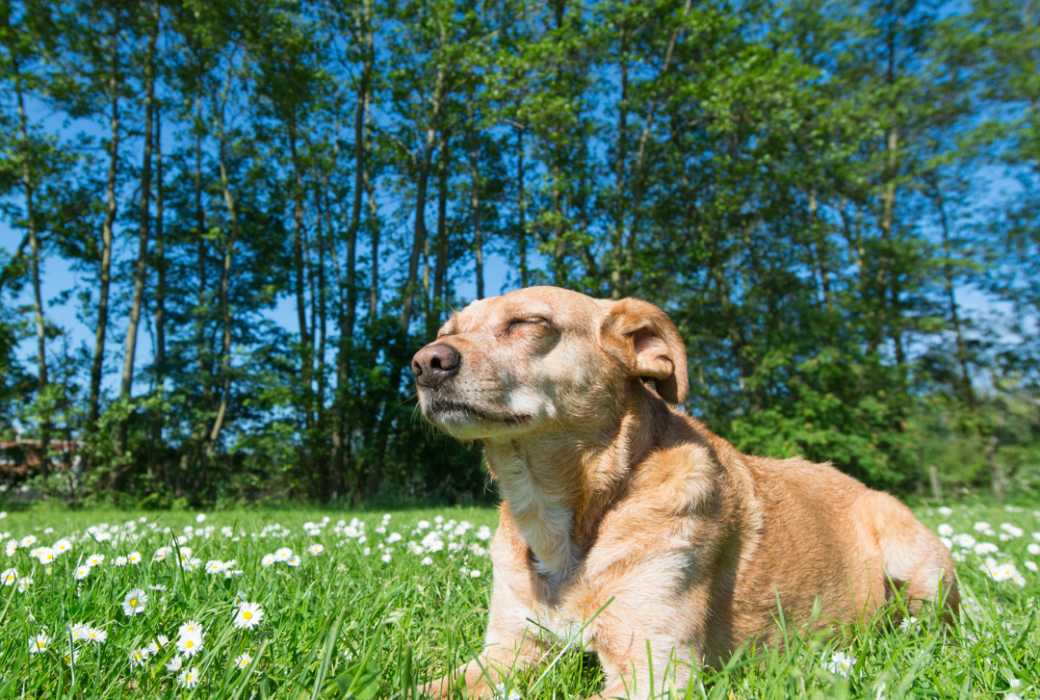Going green has become increasingly important for people all around the world. But what Go Green means? It means implementing certain lifestyle changes designed to help you live in a more eco-friendly way. It means becoming more environmentally aware and changing your behavior and lifestyle to reduce the amount of pollution and waste you generate. Many are taking steps to reduce their carbon footprint, recycle, and conserve resources in order to make the planet a better place for future generations.
But did you know that you can also go green with your pet? By making a few small changes in your pet’s life, you can help reduce their environmental impact and improve their overall health and well-being. We’ll explore some tips for going green with your pet.
So what can be done to make our pets more planet-friendly?
We have come up with ways for you to make being eco-friendly with your pet a new lifestyle, making small earth-friendly pet care habits can impact our world on a greater scale. Here are 5 ways to reduce the ecological “pawprint” of your cats and dogs, and go green with your pet.
1. Use eco-friendly pet products
The same way you try to avoid certain type of products, you should also consider your pet’s health when purchasing repellents, toys, bedding and grooming products. Many pet products are not environmentally friendly, but there are plenty of eco-friendly alternatives on the market.
CatanDog’s Tag is a natural fleas and ticks repellent with no chemicals, non toxic and odor free.
Instead of using traditional cat litter, which often contains harmful chemicals and is not biodegradable, consider using a natural, biodegradable litter made from recycled materials. You can also find eco-friendly pet toys made from recycled materials and use shampoos that are free from toxic chemicals and manufactured with natural ingredients.
2. Reduce pet food waste
One of the biggest environmental impacts of pet ownership is the amount of waste generated from pet food. To reduce your pet’s food waste, consider buying food in bulk, using reusable containers for storage, and measuring out the appropriate amount of food for your pet to reduce overfeeding. You can also try making your own pet food using organic and locally sourced ingredients.
3. Practice responsible waste disposal
Just like with human waste, pet waste can have a negative impact on the environment if not disposed of properly. Instead of using plastic bags to dispose of your pet’s waste, consider using biodegradable bags or a compostable pet waste disposal system. You can also compost your pet’s waste in a designated area in your yard.
4. Adopt a pet from a shelter
Adopting a pet from a shelter is one of the most eco-friendly things you can do. By adopting, you’re giving a loving home to an animal in need, and you’re also reducing the demand for breeders, who often have a much larger carbon footprint than shelters. Plus, most shelters spay or neuter their animals, which helps reduce the number of unwanted pets and reduces the carbon footprint of pet overpopulation.
5. Give away, don’t throw away
Animal shelters can make great use of old towels, pillows, and toys your dog isn’t interested in. Shelters also welcome gently used food and water dishes, leashes and collars, brushes and grooming tools, and beds.
Going green with your pet doesn’t have to be difficult or expensive. By making a few small changes in your pet’s life, you can help reduce their environmental impact and improve their overall health and well-being. So why not give it a try and see how easy it can be to go green with your furry friend?

